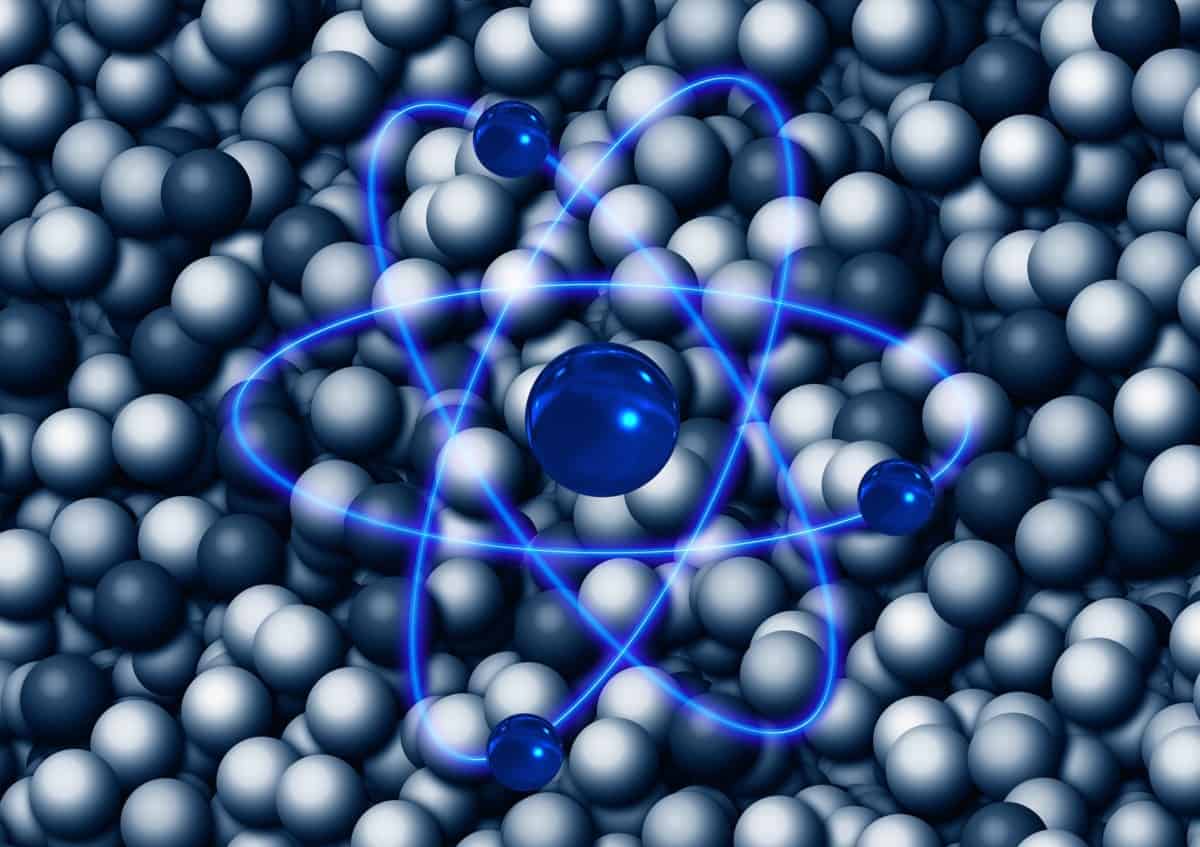What is Nuclear Energy
In a world grappling with climate change and the urgent need for clean energy solutions, nuclear energy stands out as a pivotal player. But what is nuclear energy, and how does it contribute to our energy landscape? Chiefly this article explores the complex, often misunderstood realm of nuclear power, its benefits, and its challenges. Thus providing a comprehensive look at how this technology impacts our efforts to achieve a sustainable future.
What is Nuclear Energy?
Understanding the Basics of Nuclear Power
Firstly, nuclear energy is derived from the core of an atom. Furthermore, this energy is released through nuclear fission, the process where the nucleus of an atom splits into two or more smaller nuclei. Releasing heat and gamma radiation. In fact, the most common element used in nuclear reactors for this process is uranium. When uranium atoms are split in a reactor, they release a significant amount of heat. This heat is then used to generate steam, which drives turbines to produce electricity without emitting greenhouse gases during operation.
Is Nuclear Energy Clean?
When considering the cleanliness of nuclear energy, it’s essential to distinguish between the lack of direct emissions and the broader environmental considerations. Nuclear power plants do not emit carbon dioxide during operation, making them an attractive option for reducing greenhouse gas emissions. However, the process of mining uranium, along with the challenge of managing radioactive waste, adds complexity to the discussion on whether nuclear energy can be considered a completely clean energy source.
The Role of Nuclear Energy in Modern Power Systems
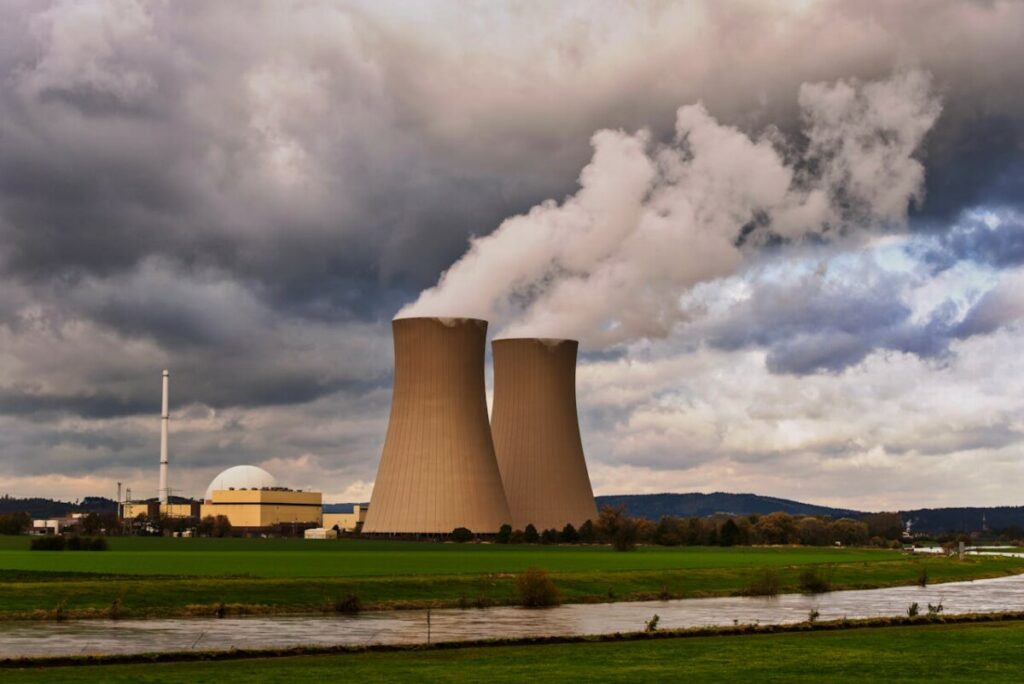
How Nuclear Energy Contributes to Electricity Generation
Nuclear power is a cornerstone in the electricity generation mix of many countries. Providing a substantial amount of electricity in nations like the United States and France. As of recent years, nuclear energy has been responsible for generating about 10% of the world’s electricity. And nearly 20% in the United States, showcasing its critical role in energy security and electricity supply.
Comparing Nuclear Energy to Other Energy Sources
Nuclear energy stands out for its high capacity factor. Which is the ratio of actual electrical energy output to the maximum possible output. This factor makes nuclear one of the most reliable sources of power, capable of producing large volumes of electricity consistently. Unlike more variable renewable sources like solar panels and wind turbines.
What is Nuclear Energy: Environmental Impact and Safety Concerns
Managing Radioactive Waste: The Challenges and Solutions
The management of radioactive waste is a significant challenge in the nuclear industry. High-level waste, such as used fuel rods, remains dangerously radioactive for thousands of years. Solutions for long-term waste management include deep geological repositories. Like the proposed site at Yucca Mountain in the United States. Which are designed to securely contain radioactive waste far away from human contact.
Addressing Safety in Nuclear Reactors
Nuclear reactors are designed with multiple safety systems to prevent accidents. The tragic events at Fukushima and Three Mile Island have led to increased safety measures and public scrutiny. Modern designs, including small modular reactors, emphasize inherent safety features to reduce the risk of radiation exposure and contain any potential radioactive releases.
Nuclear Energy and Climate Change: An Essential Solution?
Reducing Carbon Emissions with Nuclear Power
The fight against climate change is heavily dependent on reducing global carbon emissions. And here, nuclear energy plays a critical role. Unlike fossil fuels such as coal, oil, and natural gas, nuclear power stations do not produce carbon dioxide while generating electricity. This makes nuclear energy a vital component of strategies aimed at achieving low-carbon energy targets and mitigating global warming. According to the International Energy Agency, nuclear power is responsible for avoiding over two billion metric tons of carbon emissions each year. A significant figure that underscores its potential in maintaining air quality and protecting the environment.
Nuclear Energy as Part of a Diverse Clean Energy Strategy
While solar energy and wind power are often highlighted as the most sustainable forms of clean energy. Their intermittent nature and dependency on weather conditions pose challenges for consistent energy supply. Nuclear energy, with its ability to provide large-scale, continuous, and stable power generation, complements these renewable sources. Ensuring a steady energy supply even when the sun does not shine, and the wind does not blow. Integrating nuclear power with renewable energy sources is crucial for creating a resilient and diversified energy grid that can sustainably meet global energy demands.
What is Nuclear Energy: The Nuclear Debate
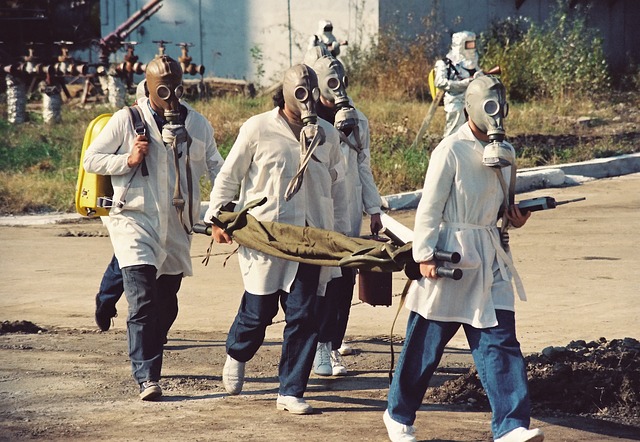
Addressing Public Concerns and Safety Issues
Public opinion on nuclear energy is mixed, shaped by concerns over nuclear accidents, radioactive waste management, and the long-term sustainability of uranium mining. These concerns are often amplified by high-profile nuclear accidents. Such as those at Fukushima Daiichi and Chernobyl, which have left lasting impressions on public consciousness. Addressing these concerns involves transparent communication, stringent safety protocols, and ongoing improvements to reactor technology to enhance safety and efficiency. Governments and the nuclear industry must work together to educate the public on the realities of nuclear safety and the measures in place to prevent accidents.
The Role of Government in Nuclear Energy Development
Government policies play a pivotal role in the development and regulation of nuclear power. Incentives for new nuclear plants, regulations for safety, and investments in research are crucial for advancing nuclear technology. The U.S. Nuclear Regulatory Commission and the International Atomic Energy Agency are examples of organizations that enforce strict regulations. To ensure safety and efficiency in nuclear operations. Support from these bodies is essential for maintaining standards and fostering innovation in the nuclear sector. Such as the development of small modular reactors and advances in nuclear fusion technology.
Innovations in Nuclear Technology: Paving the Way for a Cleaner Future
Small Modular Reactors (SMRs): The Next Big Thing in Nuclear
Small modular reactors (SMRs) represent a significant innovation in nuclear technology. These reactors are smaller than traditional nuclear power plants. And can be built in factories and shipped to sites where they are needed. SMRs offer several advantages, including reduced initial capital investment, enhanced safety features, and the ability to integrate into smaller power grids. Which is not always feasible with larger reactors. They also hold potential for use in remote locations, reducing the need for extensive and vulnerable power lines. SMRs could fundamentally change the nuclear industry by making nuclear power more accessible and adaptable to varying needs and conditions.
Nuclear Fusion: The Holy Grail of Energy Production
While nuclear fission remains the standard for current nuclear energy production, nuclear fusion represents a promising future technology. Fusion, the process that powers the sun, involves combining light elements like hydrogen to form heavier elements. Releasing vast amounts of energy in the process. Unlike fission, fusion produces little to no radioactive waste and presents no risk of a runaway chain reaction. Making it a safer and potentially more sustainable form of nuclear energy. Significant challenges remain in harnessing fusion energy efficiently. But ongoing research and international projects like ITER are making steady progress toward making nuclear fusion a viable and revolutionary energy source.
Economic Aspects of Nuclear Energy: Balancing Costs and Benefits

Understanding the Financial Implications of Nuclear Power
The economic viability of nuclear energy is a topic of significant debate. Initially, nuclear power plants require substantial capital investment. Often significantly higher than those for fossil fuel plants or renewable energy installations like wind farms or solar PV systems. However, the operating costs of nuclear plants are relatively low, as the cost of uranium fuel is a small fraction of total operating costs. And nuclear plants typically operate for longer periods—often up to 60 years or more—with stable output levels. This longevity and stability can translate into a favorable return on investment over time. Particularly when compared to the volatility of fuel costs associated with fossil fuel plants.
The Role of Subsidies and Financial Support
Many nuclear projects receive financial backing from governments, especially in the form of subsidies or guarantees for loans. To help manage the high upfront costs and financial risks associated with new nuclear construction. This governmental support is crucial in many regions to make nuclear a competitive option in the energy market. Particularly as countries strive to meet their energy security needs and climate commitments. Additionally, as the international community increasingly recognizes the role of nuclear energy in achieving zero emissions targets, new financial instruments and incentives are likely to be developed to support the deployment of advanced nuclear technologies.
Global Perspectives on Nuclear Energy: Adoption and Challenges
Nuclear Energy’s Role in Different Countries
The utilization of nuclear energy varies widely around the world, influenced by national policies, public opinion, and local energy needs. In France, for example, nuclear power is a cornerstone of the national energy strategy. Providing about 70% of the country’s electricity. And helping France maintain some of the lowest carbon emissions per capita in Europe. Conversely, after the Fukushima disaster in 2011, Japan and Germany have taken steps to reduce their reliance on nuclear power. Citing safety concerns and public opposition.
Emerging Trends in Global Nuclear Energy Usage
In recent years, there has been a noticeable shift in nuclear energy strategies globally. With countries like China and India significantly ramping up their nuclear capacity to meet growing energy demands and manage environmental challenges. These countries view nuclear energy as a key component of their national energy policies to ensure energy security while combating air pollution and greenhouse gas emissions.
Environmental and Health Implications of Nuclear Energy
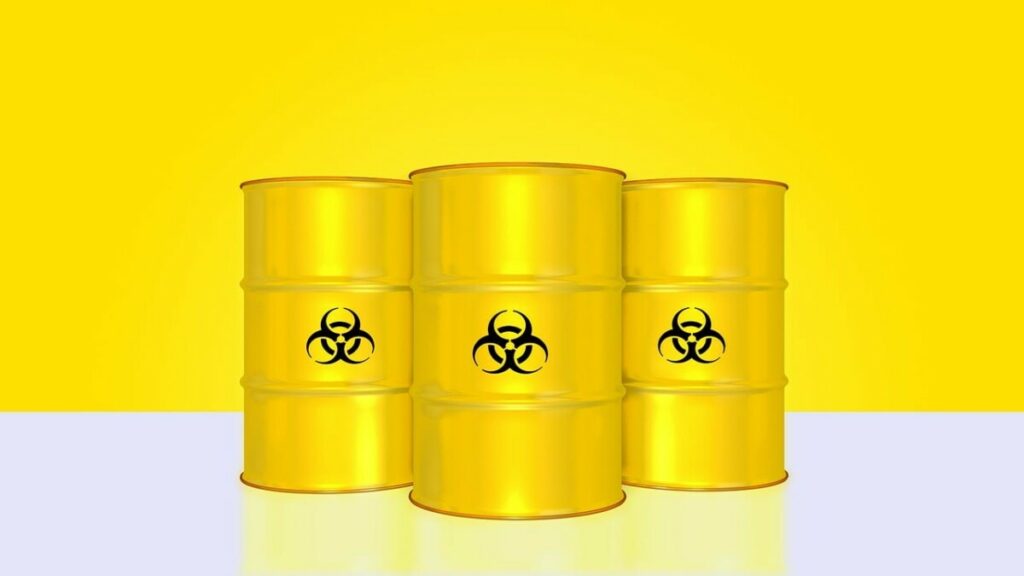
Radioactive Waste Management: A Continuing Concern
The disposal of nuclear waste remains one of the most contentious issues in the debate over nuclear energy. While high-level waste is only a small fraction of the total volume of radioactive waste, its long-lived nature poses a unique challenge. Techniques for managing this waste include reprocessing to reduce its volume and toxicity, deep geological storage, and potential future methods like transmutation. Countries like Finland have made significant progress in constructing deep geological repositories, setting a potential model for others to follow.
Nuclear Energy’s Impact on Human Health and the Environment
While nuclear plants do not emit harmful pollutants like fossil fuel systems, the potential health impacts related to radiation exposure from accidents or waste are significant concerns. However, studies have shown that the routine operations of nuclear power plants have minimal impact on public health compared to the effects of fossil fuel plants, which contribute to air pollution and associated respiratory diseases like asthma and lung cancer. Ensuring the safety of nuclear technology and effectively communicating these risks and protections to the public is essential for gaining wider acceptance.
The Future of Nuclear Energy: Prospects and Innovations
Advancements in Nuclear Technology and Their Impact
As we look to the future, the nuclear industry is poised for significant advancements that could transform how we view and use nuclear energy. One of the most promising developments is in the area of Generation IV nuclear reactors. These reactors are designed to be safer, more efficient, and capable of minimizing nuclear waste through advanced engineering and materials. For instance, some designs offer the potential for passive safety systems that operate without human intervention or even electrical power, thereby enhancing the safety of nuclear installations dramatically.
Integration with Renewable Energy Systems
Another forward-looking aspect of nuclear energy is its potential integration with renewable energy systems to create hybrid energy solutions. For example, nuclear power can provide base-load electricity while renewables handle peak demand periods. This synergy allows for a more flexible and resilient energy grid, adapting to changes in demand without compromising on the reduction of carbon emissions. Moreover, excess nuclear-generated heat and power can be used to support other energy-intensive processes, such as desalination or hydrogen production, adding further value to nuclear technology in a diversified energy portfolio.
Policy and Regulatory Frameworks Influencing Nuclear Energy
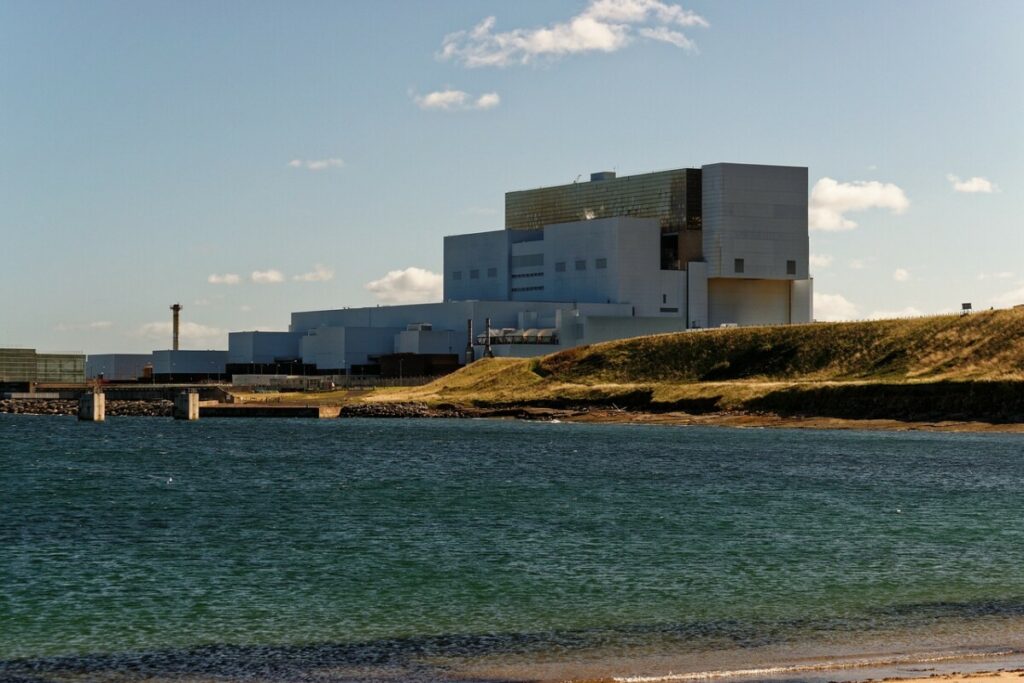
Navigating the Complex Landscape of Nuclear Regulation
Effective regulatory frameworks are crucial for the safe and successful deployment of nuclear technology. These regulations govern everything from plant safety standards to waste management and decommissioning processes. As nuclear technology evolves, so too must the policies that oversee its development and operation. Ensuring that these regulations keep pace with technological advances while maintaining public safety is a constant challenge for governments and regulatory bodies worldwide.
The Impact of International Cooperation
International cooperation is vital in the realm of nuclear safety and technology sharing. Organizations like the International Atomic Energy Agency (IAEA) play a critical role in fostering collaboration among nations, setting global safety standards, and facilitating the exchange of best practices and innovative technologies. Such cooperation not only enhances the safety standards of nuclear installations globally but also helps to standardize the regulations that support the international expansion of nuclear energy solutions.
Addressing the Challenges Facing Nuclear Energy
Economic Challenges and Market Competition
Despite its benefits, nuclear energy faces significant economic challenges. The high capital costs associated with building new nuclear plants can deter investment, especially when cheaper natural gas and increasingly cost-competitive renewable energy sources are available. Additionally, the long lead times required to construct nuclear plants can pose further financial risks. To address these challenges, innovative financing models and continued governmental support will be essential to make nuclear energy a viable option in the future energy market.
Social and Environmental Concerns
The social acceptance of nuclear energy remains a hurdle, largely due to concerns over nuclear accidents and waste management. Enhancing the transparency of nuclear operations and increasing public engagement in nuclear energy decision-making processes are crucial for overcoming these barriers. Furthermore, the nuclear industry must continue to innovate in waste reduction and safety to address environmental concerns credibly.
As we continue to explore the vast potential of nuclear energy, the key will be balancing innovation with safety, cost-effectiveness with environmental responsibility, and public concerns with global energy needs. The journey towards a nuclear-powered future is complex and fraught with challenges, but with the right mix of technology, policy, and public engagement, nuclear energy can play a pivotal role in shaping a sustainable and secure energy landscape.
What is Nuclear Energy: Strengthening Energy Security with Nuclear Energy

Nuclear Energy as a Pillar of National Energy Independence
Energy security is a critical concern for many countries, and nuclear energy can play a vital role in enhancing it. By providing a stable and reliable source of electricity, nuclear power helps to reduce dependence on imported fuels, which can be subject to volatile prices and geopolitical tensions. Countries with nuclear capabilities are better positioned to manage their energy needs internally, which not only strengthens their energy independence but also contributes to national security.
The Strategic Importance of Nuclear Power in Energy Policies
Many governments recognize the strategic importance of nuclear energy in their national energy policies, not only for its reliability and capacity to provide large amounts of electricity but also for its role in achieving environmental goals. As part of a broader strategy that includes renewable sources, nuclear energy can help countries meet their commitments under international agreements like the Paris Climate Accord by providing low-carbon electricity at scale.
What is Nuclear Energy: Enhancing Sustainability through Nuclear Energy
Nuclear Energy’s Contribution to Sustainable Development Goals
Nuclear energy contributes to several of the United Nations Sustainable Development Goals (SDGs). Besides SDG 7 (Affordable and Clean Energy) and SDG 13 (Climate Action), nuclear power supports SDG 9 (Industry, Innovation, and Infrastructure) by fostering technological innovation and infrastructure development. Its role in reducing greenhouse gas emissions and providing stable energy supplies also indirectly supports other SDGs, such as those targeting economic growth and reduced inequalities.
The Role of Nuclear Energy in a Low-Carbon Future
In the transition to a low-carbon future, nuclear energy is indispensable. It provides a significant reduction in carbon emissions compared to fossil fuel-based systems and offers a consistent energy output that renewable sources can’t always guarantee. By balancing the energy mix with nuclear power, countries can achieve a more sustainable energy landscape, ensuring that environmental, economic, and social dimensions of sustainability are addressed.
Public and Environmental Health: Ensuring Safety in Nuclear Energy Use
Mitigating Health Risks Associated with Nuclear Energy
While nuclear energy presents certain risks, particularly in the event of an accident or improper waste management, the industry is known for its stringent safety protocols. Continuous improvements in reactor design and safety systems have significantly lowered the risks of catastrophic failures. Moreover, the regulatory frameworks that oversee nuclear power plants are designed to protect public health by ensuring that radiation exposure remains well below harmful levels.
Environmental Impact Assessments in Nuclear Energy Projects
Before any nuclear project can proceed, it must undergo thorough environmental impact assessments to ensure that its operation will not adversely affect the local environment or communities. These assessments evaluate potential impacts on water quality, local wildlife, and the surrounding ecosystem, helping to mitigate any adverse effects through careful planning and management.
What is Nuclear Energy: Looking Forward

Responsibility to Future Generations
The use of nuclear energy carries a responsibility to future generations, not only to manage radioactive waste safely but also to develop technologies that can reduce and eventually eliminate this waste. Initiatives like Generation IV nuclear reactors and research into nuclear fusion hold promise for resolving current limitations, offering cleaner, safer nuclear options for the future.
Building a Legacy of Sustainable Nuclear Energy
As we advance, the challenge for the nuclear industry is to build a legacy that aligns with global sustainability goals. This involves not only advancing nuclear technology but also ensuring that these developments are communicated transparently and engaged with the public to build trust and acceptance.
Nuclear Energy in the Face of Emerging Technologies and Challenges
Adapting Nuclear Energy to Modern Energy Challenges
As the global energy landscape evolves, nuclear energy must adapt to meet new challenges. This includes integrating with modern energy systems that increasingly rely on digital technology and smart grids. Nuclear plants must become more flexible, and capable of adjusting output to complement intermittent renewable energies like solar and wind power. This flexibility will be crucial for nuclear energy to remain a competitive option in the diverse energy mix of the future.
Emerging Technologies Enhancing Nuclear Efficiency and Safety
Innovation continues to drive the nuclear sector, with developments in artificial intelligence, robotics, and materials science playing pivotal roles. These technologies enhance the efficiency and safety of nuclear plants. By improving maintenance procedures, increasing fuel efficiency, and advancing waste management practices. Moreover, the use of advanced simulation tools allows for better design and testing of new reactor models under various scenarios, reducing the likelihood of unexpected issues.
Global Collaboration and Policy Evolution in Nuclear Energy
The Importance of International Agreements and Standards
Global collaboration through treaties and international standards is essential for the safe and effective use of nuclear energy. These agreements ensure that nuclear technology is not only used safely but also responsibly, preventing the proliferation of nuclear weapons. Moreover, international standards facilitate the sharing of best practices and technological advancements, helping to elevate safety and efficiency standards worldwide.
Policy Evolution to Support Nuclear Innovation
For nuclear energy to continue playing a vital role in the global energy mix, policy frameworks must evolve to support technological innovations and address emerging challenges. This includes updating regulatory processes to accommodate new reactor technologies. Such as SMRs and fusion reactors, and crafting policies that encourage investment in nuclear research and development. Governments will need to balance these innovations with rigorous safety assessments to maintain public trust and ensure the continued viability of nuclear power.
What is Nuclear Energy: Public Engagement and Education in Nuclear Energy
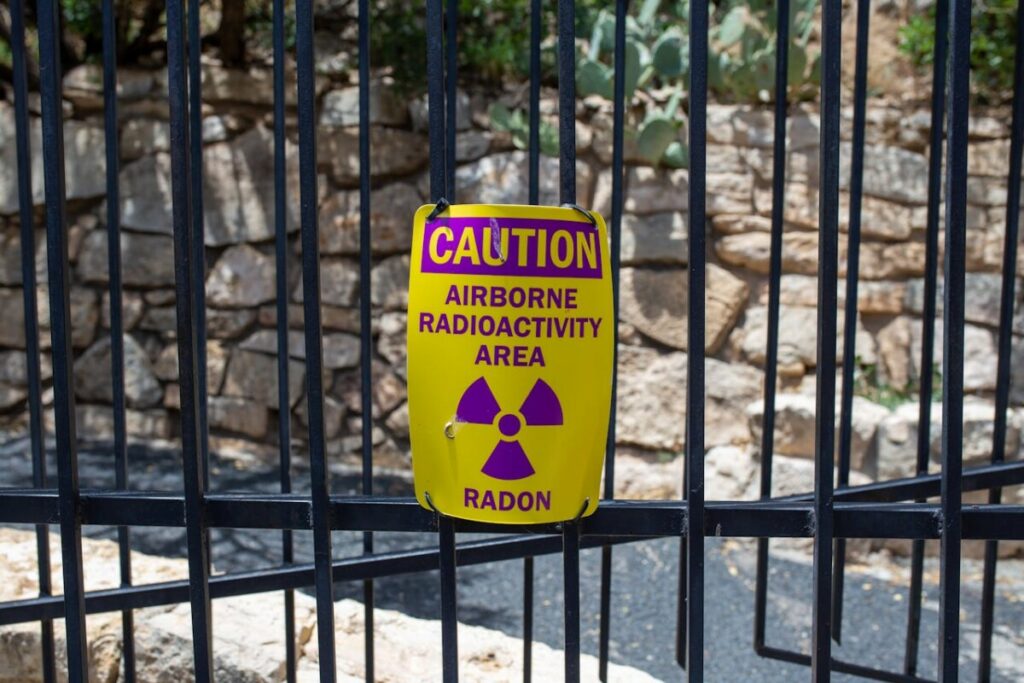
Building Trust through Transparency and Engagement
One of the critical hurdles for nuclear energy is public perception. Building greater trust in nuclear energy involves increased transparency and active engagement with communities. Educational campaigns can help demystify nuclear energy, explaining its benefits and safety features in clear terms. Moreover, involving communities in decision-making processes related to new nuclear projects can foster a sense of ownership and acceptance.
Educational Initiatives to Promote Nuclear Science
Promoting nuclear science through educational initiatives at all levels—from primary education to university research—can inspire the next generation of nuclear engineers and scientists. These initiatives can also broaden the public understanding of nuclear energy’s role in a sustainable future, ensuring continued support and innovation in the field.
Conclusion: The Role of Nuclear Energy in a Sustainable Future
As we conclude our exploration of nuclear energy, it’s clear that nuclear power holds a unique position in the quest for a sustainable, low-carbon future. Its ability to provide large-scale, reliable, and low-carbon energy makes it an indispensable part of our global energy strategy. However, the path forward requires careful navigation of technical, political, and social challenges. By continuing to innovate and by fostering an open dialogue between the public, policymakers, and industry leaders, nuclear energy can continue to evolve as a safe, efficient, and environmentally responsible energy source.
The future of nuclear energy is not just about technological advancements; it’s also about shaping policies that promote sustainability and trust. Ensuring the safety of nuclear installations and managing nuclear waste responsibly will be crucial in maintaining public trust and support. With these efforts, nuclear energy can remain a key player in our energy landscape. Contributing to energy security and environmental protection for generations to come.
What is Nuclear Energy FAQ’s
What is nuclear energy in simple words?
Nuclear energy is a type of power produced by the process of nuclear fission, where the nucleus of an atom splits into smaller parts, releasing a large amount of energy that is used to generate electricity.
What is nuclear energy GCSE?
For the General Certificate of Secondary Education (GCSE) context in the UK, nuclear energy is studied as a part of physics and chemistry. It refers to the energy released during nuclear fission or fusion, especially when it is used to generate electricity. Students learn about how nuclear reactions convert matter into energy. The use of this energy in nuclear power plants, and the pros and cons of using nuclear energy.
What is nuclear energy for kids?
Nuclear energy is a way to make electricity without burning fuels like coal, oil, or gas. Inside a nuclear power plant, tiny particles in the center of atoms are split apart. This splitting releases energy as heat. The heat is used to make steam, which spins turbines and generates electricity, much like a steam engine.
What is nuclear short answer?
Nuclear energy is the energy that holds together the nucleus, or core, of an atom. This energy can be released through nuclear reactions, such as fission (splitting atomic nuclei), and used to produce electricity.
How does nuclear energy compare to other forms of energy?
Nuclear energy is a powerful source of electricity that, unlike coal, oil, or natural gas, does not produce greenhouse gases during electricity generation. However, it does involve challenges such as managing radioactive waste and the high costs of building and maintaining nuclear power plants. Compared to renewable energy sources like wind and solar, nuclear energy can provide continuous, large-scale electricity regardless of weather conditions, making it a reliable base-load energy source. However, it lacks the renewable and often lower-cost advantages of these newer technologies.
Recent Posts
Understanding Energy and Electricity: The Power For Progress
Energy and Electricity Energy and electricity are integral components of modern life, powering everything from homes and businesses to transportation and communication. Without them, the...
The Future of Wind Energy The future of wind energy is set to play a critical role in addressing global energy needs while combating climate change. As renewable energy sources like wind and...


